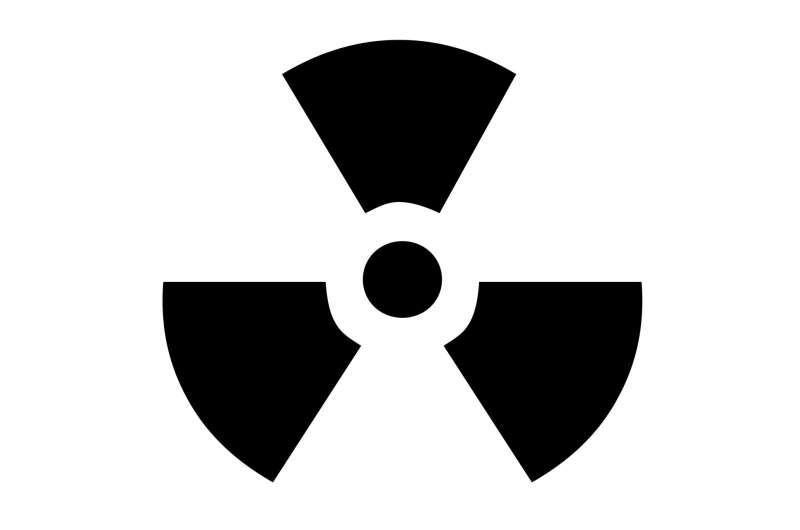Relationship between helium behavior and radiation damage in MAX phase material

Researchers at the Institute of Modern Physics (IMP) of the Chinese Academy of Sciences (CAS) have recently revealed irradiation damage effects in MAX phase materials under different sequential co-irradiation of heavy ions and helium (He) ions. The results were published in the Journal of the European Ceramic Society.
The MAX phase materials, possessing good properties of both ceramics and metals, have shown huge potential for applications in many fields. Their excellent performance enables them to withstand extremely harsh nuclear environments and qualifies them as candidate materials for pump impeller and bearing materials for lead cooled fast reactors.
However, irradiation damage and accumulation of He introduced either by radiation or by transmutation through the nuclear reaction, are known to severely degrade the materials, thereby threatening the safe operation of reactor. Ti3AlC2, as a typical material of the MAX phase family, has attracted much attention for its excellent resistance to irradiation and high tolerance for He.
Researchers from IMP carried out irradiation experiments at the material terminal of 320 kV multi-discipline research platform for highly charged ions and the Heavy Ion Research Facility in Lanzhou (HIRFL). In the experiments, Ti3AlC2 samples were irradiated by energetic ferrum (Fe) ions and He ions in sequential and reverse order to simulate the accumulation of He and particle irradiation damage in Ti3AlC2 material in the reactor. Researchers identified obvious differences between the effects of the two irradiation sequences.
In the sequential (Fe+He) irradiation, it was found that the two types of ions created their own relatively independent irradiation effects on the material, with a weak interaction between them. In the sequential (He+Fe) irradiation, however, the observation was quite opposite. Compared with the single Fe ions irradiation or sequential (Fe+He) irradiation, the (He+Fe) irradiation maintains the higher content of the original α phase, which indicates that the pre-implanted He significantly suppresses the phase transitions caused by the following Fe ions irradiation. The following Fe ions irradiation was also found to promote the evolution of the pre-formed He bubble, which can cause not only the growth but also the re-solution of He bubbles. This will improve the resistance of Ti3AlC2 to He bubbles induced damage.
The study indicates that both the He ions implantation and Fe ions irradiation actually inhibit each other's irradiation damage to the material, which may play a positive role in reducing irradiation damage to the Ti3AlC2 material, and provides insight into irradiation resistance of this material.
More information: Lilong Pang et al, Phase transitions and He bubble evolution under sequential He ions implantation and Fe ions irradiation: New insight into the irradiation resistant of Ti3AlC2, Journal of the European Ceramic Society (2022). DOI: 10.1016/j.jeurceramsoc.2022.08.059
Provided by Chinese Academy of Sciences




















